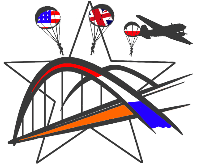
© WW2 Market Garden –
OPERATION MARKET GARDEN –
17 September 1944:
The 1st Airborne Division, commanded by General Roy Urquhart, were landing on the drop zones and landing zones just west of Arnhem. Just before the landings took place, the RAF flew several bombing missions, blasting targets that would make the process of reaching the bridge easier for the airborne troops. German barracks, Anti-
The main force consisted of the 1st Parachute Brigade (Brigadier Gerald Lathbury), the 1st Airborne Recce Squadron (Major Charles Gough), the 1st Airlanding Brigade (Brigadier Philip Hicks) and the 1st Airborne Division’s commander Urquhart and his staff. The paratrooper elements were to jump over Drop zone X (see map). The 1st Airlanding Brigade landed at Landing zone S (see map) with 350 gliders and had the important task of defending the drop-
It didn’t take long until the Germans took countermeasures. The German forces in and around Arnhem were completely surprised by the Airborne landings. Generalfeld-
Recce Squadron’s target, led by Major Gough, was the Arnhem bridge. He was ordered to follow a path alongside the railroad tracks leading into Arnhem but he was stopped by Sturmbahnnführer Kraft’s training battalion at the Wolfhezerweg. The 1st Parachute Brigade continued their advance towards Arnhem, each battalion used a different route called: Tiger, Lion and Leopard.
1st Battalion, commanded by Lt-
2nd Battalion, commanded by Lt-
3rd Battalion, commanded by Lt-
The day didn’t go too well for the 1st Airborne Division. The different outfits weren’t able to achieve their goals due to failure in their communication. Also, the presence of the 9th and 10th SS Panzer wasn’t anticipated. Airborne units aren’t well equipped to fight against tanks, therefore it was fairly easy for the German forces to stop the airborne advance on Arnhem and keep a hold of the city.
18 September 1944:
Frost’s positions at the bridge were under constant pressure. Skirmishes between the British paratroopers and the German Panzer troops continued throughout the night and into the morning of the 18th. At around 09.30 hours a column of armored cars from the 9th SS Panzer Division which returned from Nijmegen arrived at the southern ramp of the Arnhem bridge. They tried to cross the bridge but the entire column was annihilated by the British troops who had set up positions on the northern end of the bridge. Anti-
The rest of the 1st Parachute Brigade tried to reach Frost’s troops at the bridge. 1st and 3rd battalion tried to use the same route that 2nd battalion had followed the previous day, but the Germans had already closed down that route. Soon the troops of the battalions received fire from 88mm guns. Harzer had been able to deploy his troops successfully and stopped the British battalions at the St. Elisabeth Gasthuis. Under fire, Urquhart, who was amongst the advancing battalions fled into the streets of Arnhem where he had to hide for several hours, cut off from his troops.
On the 18th, the 1st Airborne Division was supposed to receive new men and material on the drop-
19 September 1944:
On this day the Germans have had enough time to swing their armor into action. The Germans closed down Arnhem and the British troops of 1st and 3rd battalion, the South Staffords and the Kings Own Scottish Borderers weren’t able to reach Frost’s battalion. Again the fighting was extremely intense and the ranks of the British troops were diminishing by the hour. The British attack on the bridge halted and the troops were forced to retreat to Oosterbeek where they formed a defensive perimeter. Frost’s troops were still cut off and of his formidable force of 600 men, not much was left to hold the positions at the bridge. He had to be relieved as soon as possible. Hackett’s brigade also made an attempt to reach Arnhem but was stopped in his tracks at Oosterbeek. He had to retreat to Wolfheze, back to where he started. While the 4th Parachute Brigade was stopped at Oosterbeek, the Germans flanked their positions and had positioned themselves close to the Drop zone at Wolfsheze. When the 4th Parachute Brigade withdrew, they had to cross open terrain at the Johannahoeve. This is where the Germans waited for them and they strafed the troops with intense machine gun fire. British losses were immense.
Late in the afternoon, troops of the Polish 1st Independent Parachute Brigade (Gen-
20 September 1944:
The Germans consolidated their positions in the Arnhem sector. The 1st Airborne Division had retreated to Oosterbeek and Frost’s 2nd Battalion was still holding on to their position at the northern end of the bridge by its fingertips. Troops of British 2nd army, that started at Neerpelt (Belgium) on the 17th, were still stuck in heavy fighting at Nijmegen, unable to reach the Arnhem bridge.
The German troops attacking the positions of 2nd Battalion at the bridge, cleared house by house. The fighting was intense, setting fire to the buildings, shooting point blank at the paratroopers with tanks. During the fight at the bridge Frost was wounded and relieved of his command by Gough. At the end of the day, the Germans were able to eliminate the last pockets of resistance at the bridge. The bridge was in German hands once again.
The troops in Oosterbeek formed a perimeter around Hotel Hartenstein, Urquhart’s HQ. Their only option was to hold ground so 2nd army could cross the Rhine river upon arrival.
21 September 1944:
The remainder of 2nd battalion at the Arnhem bridge surrendered. They were not able to defend their positions much longer. The fight for the bridge was over and the Germans were in full control of Arnhem. Some of the men attempted to escape to the Oosterbeek perimeter set up by the rest of the division, but only few were able to reach friendly lines. The Germans received their much needed reinforcements and they were put into action immediately in the Oosterbeek perimeter. Even though the battles in Oosterbeek were very intense, the British troops were able to withstand them and hold the lines of the perimeter.
Early in the afternoon the rest of the 1st Polish Independent Parachute Brigade was dropped just northeast of the village of Driel. The troops should have arrived a day earlier and their designated drop zone was supposed to be just south of the Arnhem road bridge. But with the territory now in German hands, the Polish were dropped close to Driel. The Poles weren’t able to provide much help to the surrounded troops at Oosterbeek. They arrived much later than anticipated due to bad weather in England and not all their troops arrived on the drop zone. The Germans shot at the planes with everything they got. Also, the ferry that the Polish intended to use to cross the Rhine to Oosterbeek was in German hands. The Poles couldn’t do much more than wait until they came up with a new plan of attack. Some Poles were so highly motivated to fight, that some of the troops jumped into the Rhine and swam across to help out the British paratroopers in Oosterbeek.
The paratroopers were in dying need of supplies but the drop zone for supplies was still in enemy hands. The men on the ground tried to get the attention of the RAF pilots who were dropping supplies, but the pilots had orders to refuse any signal from the ground. The British paratroopers had been trying for days to get in touch with 2nd army and finally they got a hold of XXX-
22 September 1944:
Recce troops of the Household cavalry had been able to bypass the German defenses north of the Nijmegen bridge and got in touch with Sosabowski, who had dug in with his Polish Parachute Brigade at Driel. The 1st Airborne Division troops in Oosterbeek knew that they couldn’t hold their positions much longer. Two British soldiers were sent across the Rhine to inform Sosabowski of a reinforcement plan. That night, the Poles would cross the Rhine by boat. The only boats available for Sosabowski, were small rubber boats. The first try to reinforce the British troops at Oosterbeek turned into a disaster. The Germans discovered the troops crossing the Rhine and interfered. Only 52 soldiers were able to reach the north side of the river.
23 September 1944:
Major Richard Lonsdale was on the south side of the perimeter at the Oosterbeek church since September 20th, defending ferocious German attacks. The Germans were trying to cut the airborne troops off from the river bank. Lonsdale, wrapped in bandages after receiving numerous wounds during the fighting, made his now famous speech to motivate his troops one more time.
“You know as well as I do there are a lot of bloody Germans coming at us. Well, all we can do is to stay here and hang on in the hope that somebody catches us up. We must fight for our lives and stick together. We’ve fought the Germans before, in North-
The Polish troops on the other side of the Rhine were now heavily engaged with the Germans and had to withstand attack after attack. Eventually some tanks of XXX-
24 September 1944:
A short cease-
25 September 1944:
Finally more troops arrived on the south side of the Rhine. The 4th Dorset of the 130th Infantry Brigade, 43rd Wessex Division, attempted to cross the river and reach the 1st Airborne Division on the other side of the Rhine but was unable to do so. The Allies decided that they had to retreat the 1st Airborne Division from Oosterbeek. They couldn’t hold out much longer. At around 22.00 hours the retreat started code name ‘Berlin’. Canadian and British engineers crossed the Rhine numerous times to help the British airborne troops reach for the south side of the river. With the lack of boats, a lot of men had to swim across, many drowned during the crossing. Artillery from XXX-
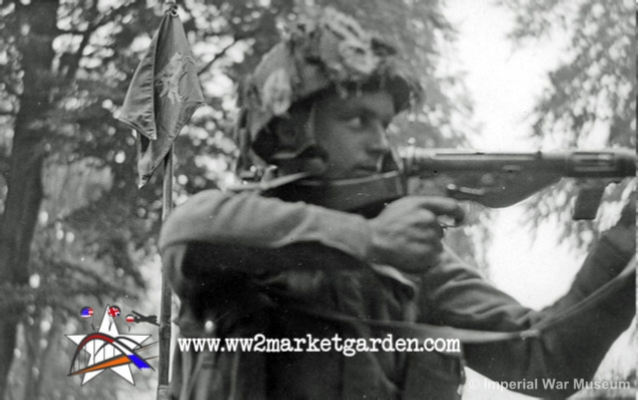


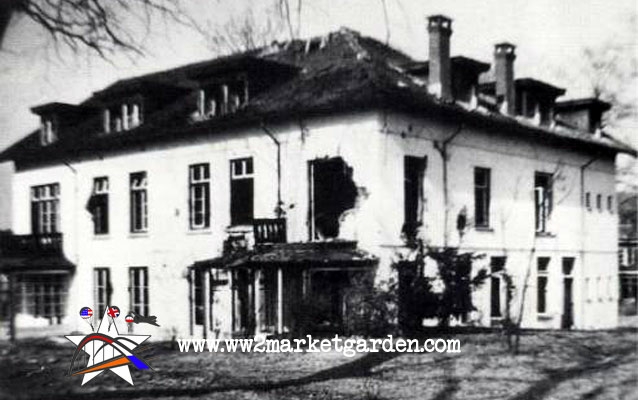
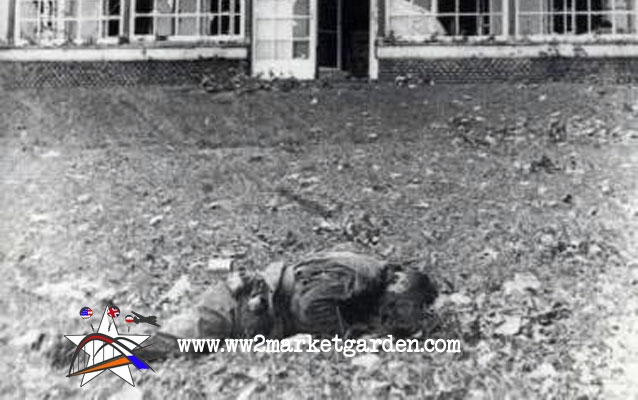

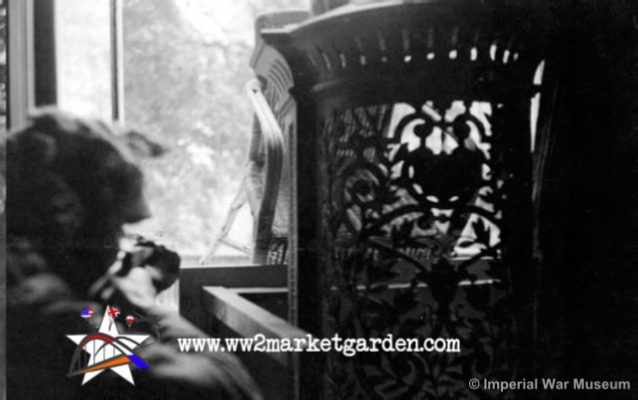
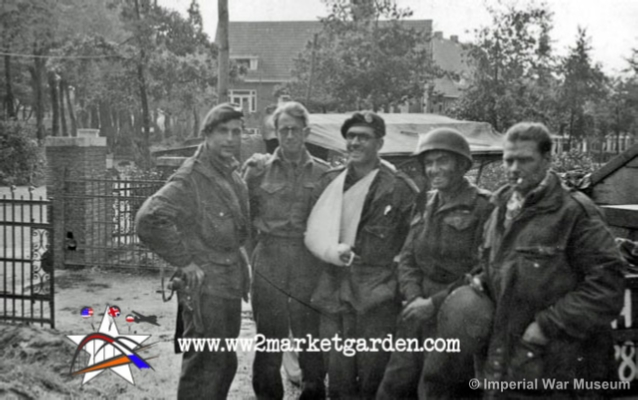
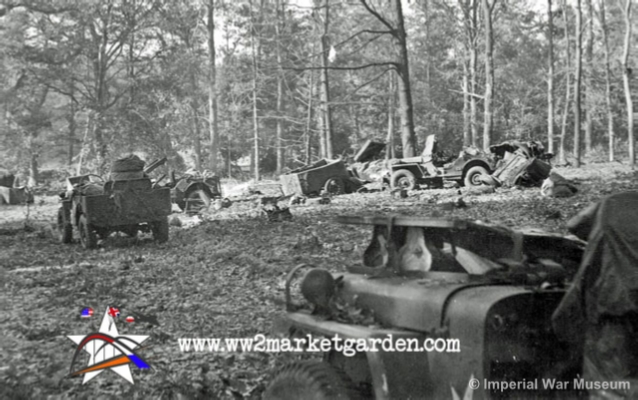
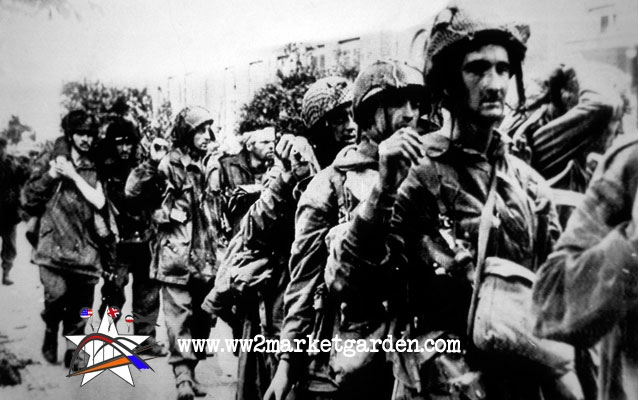
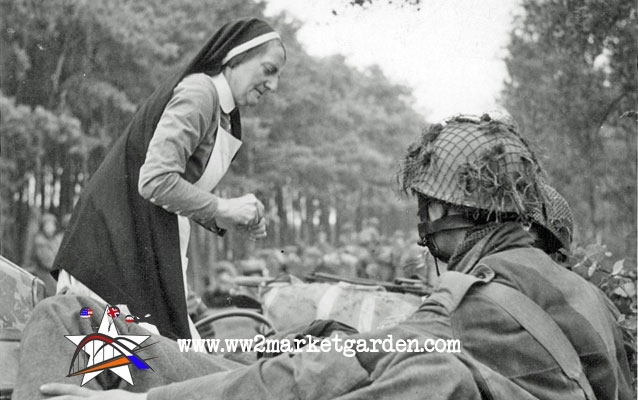

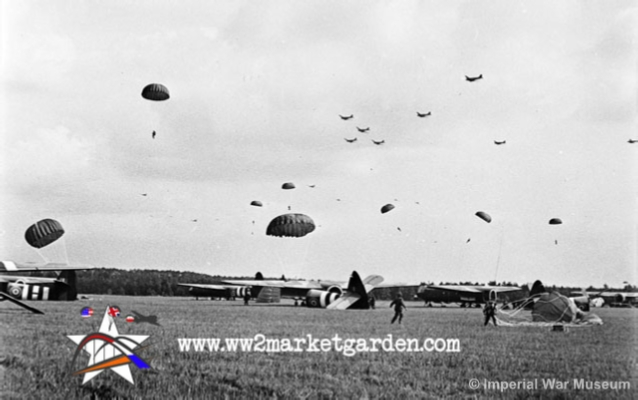
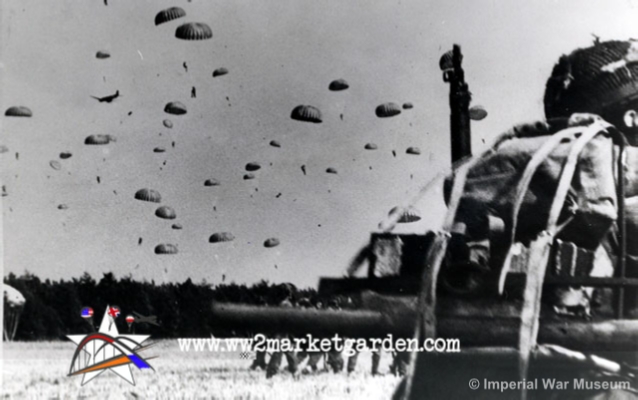
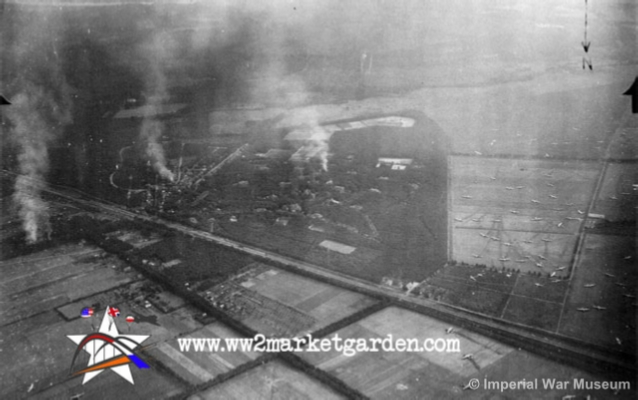
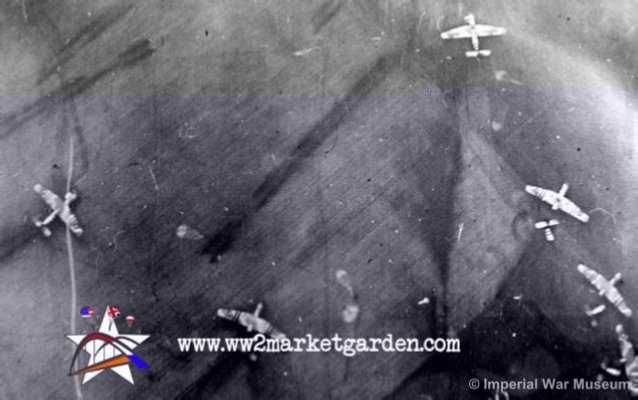
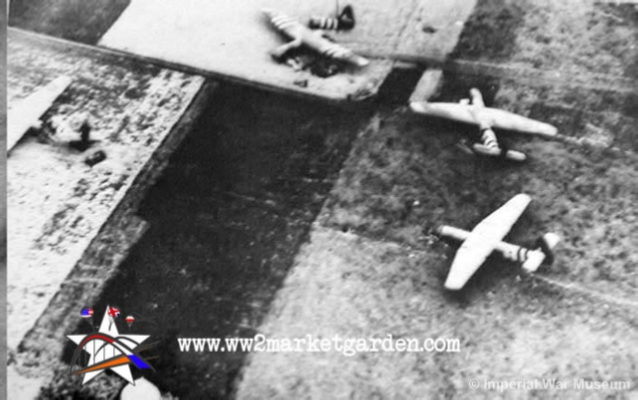
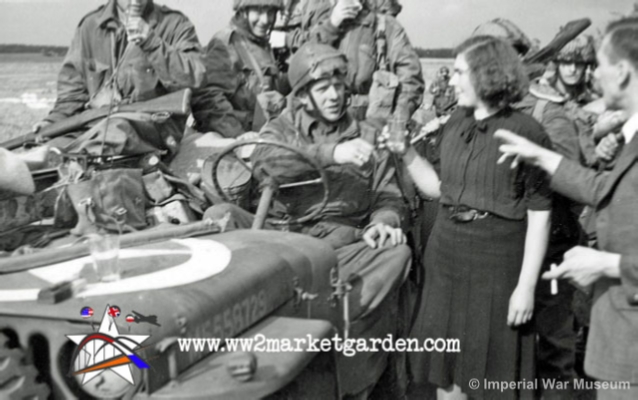
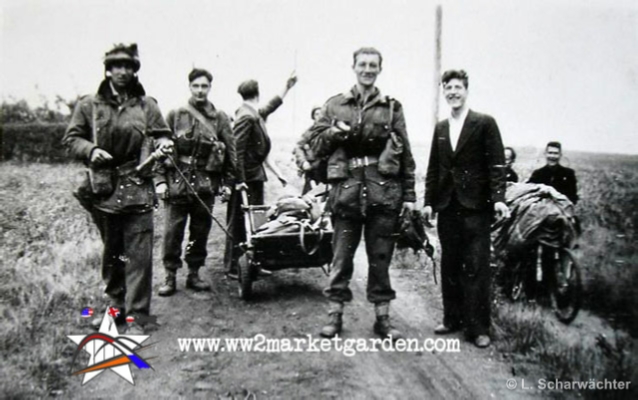
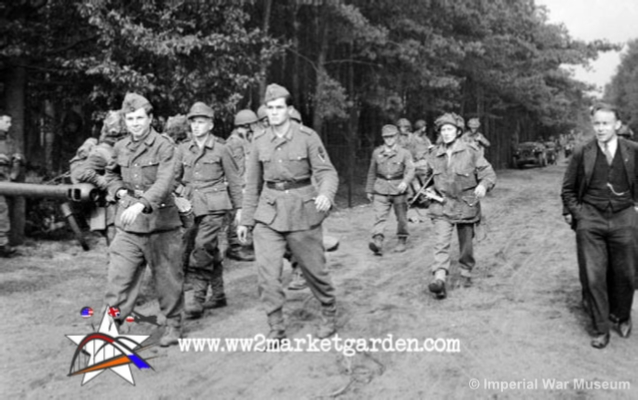
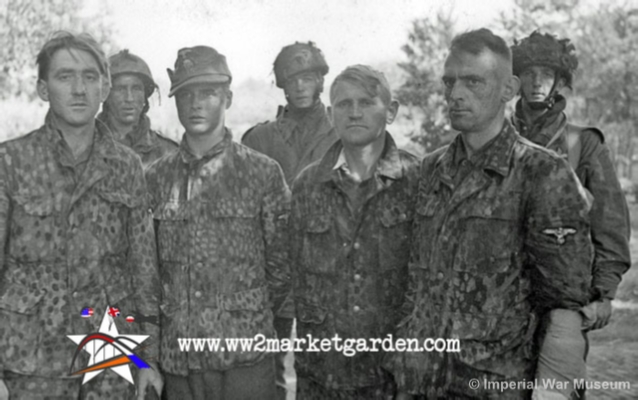
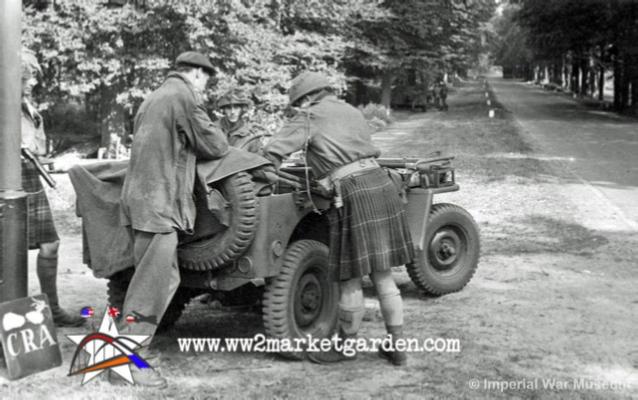


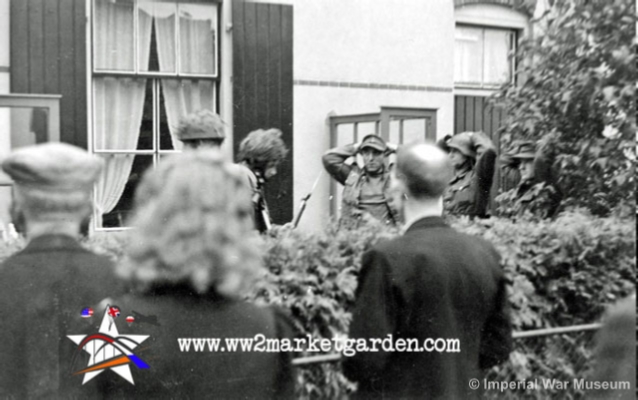
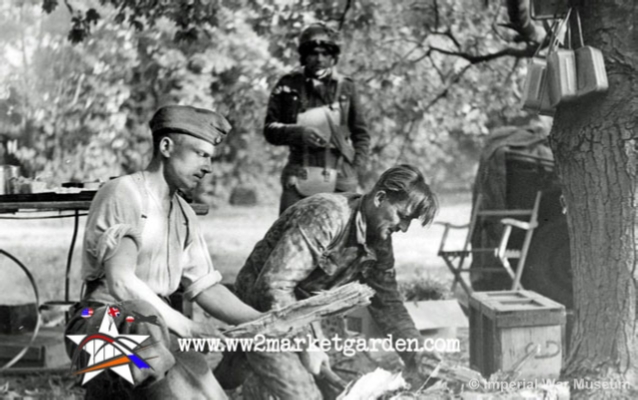
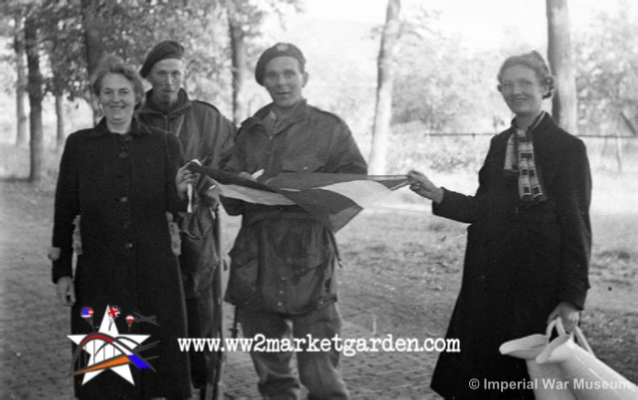

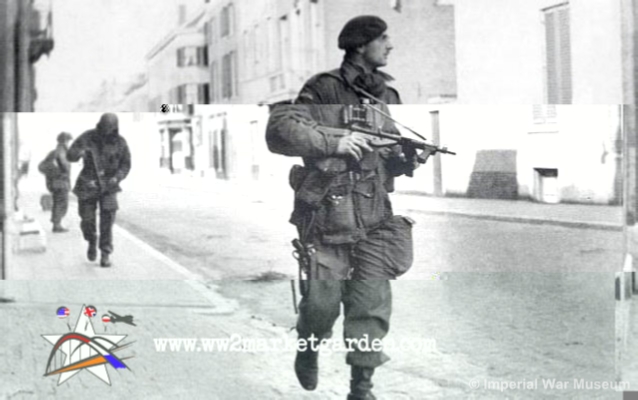
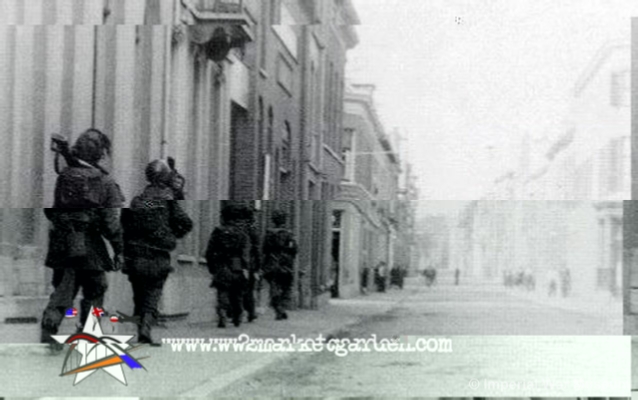


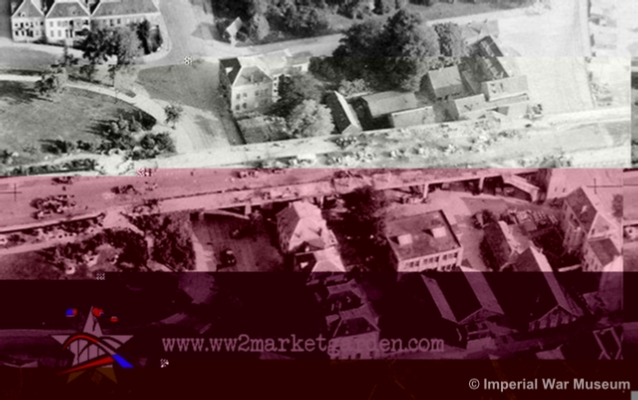
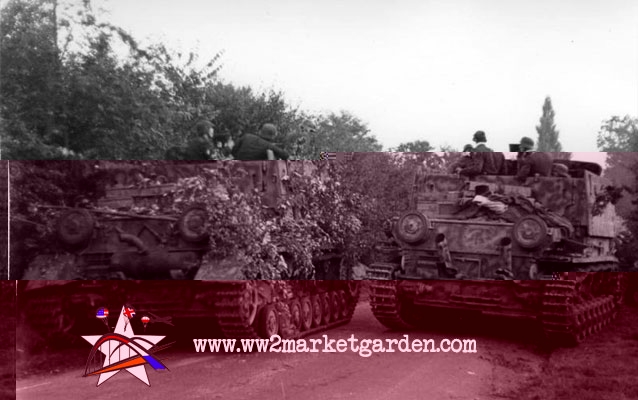
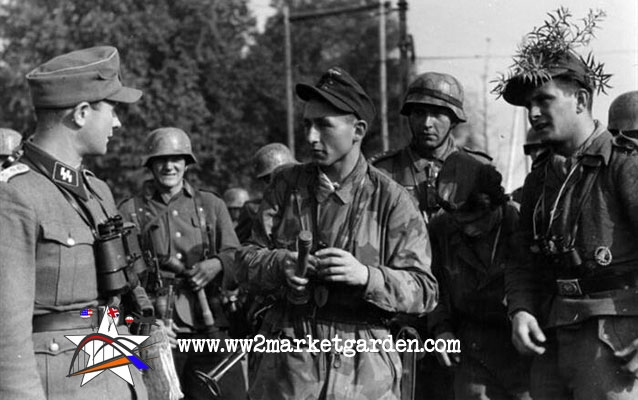

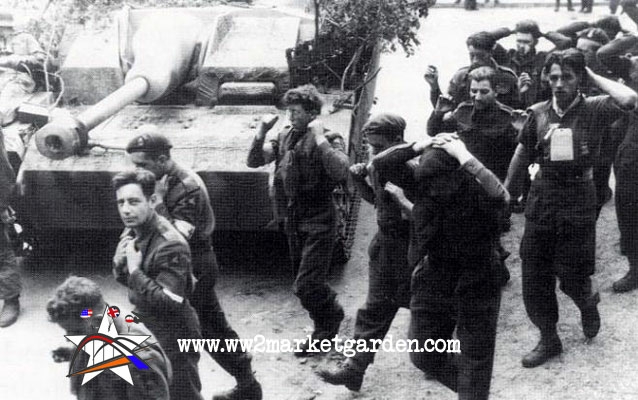
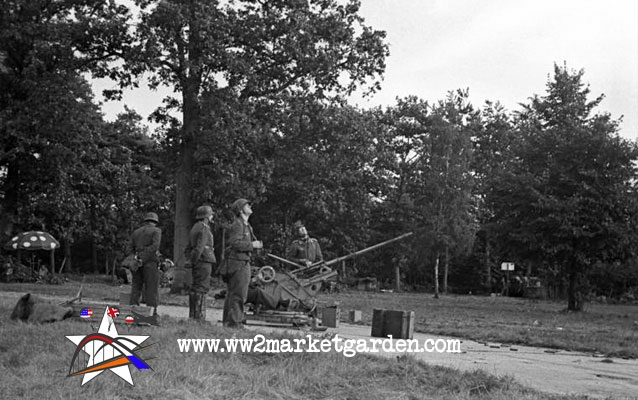
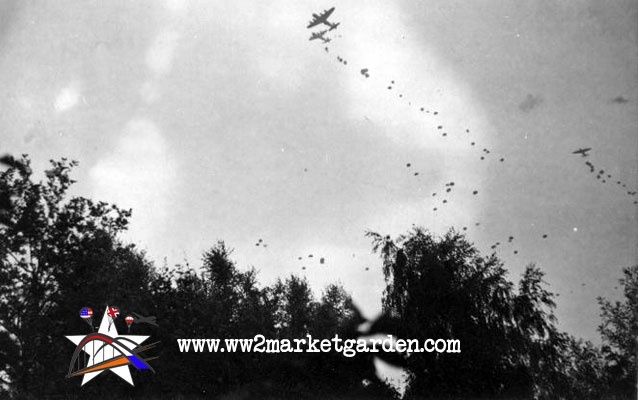
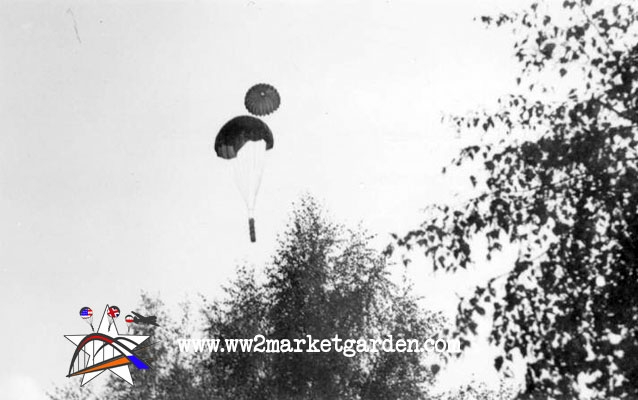
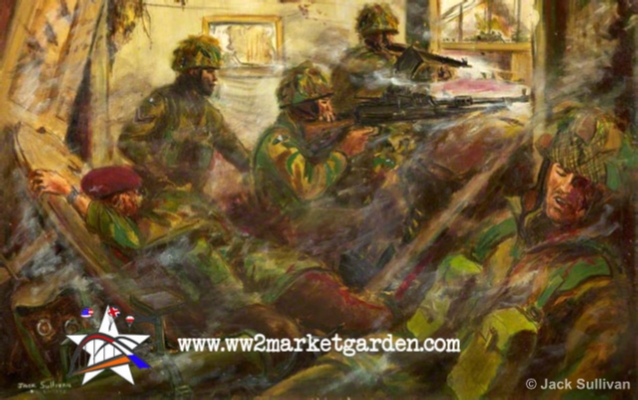
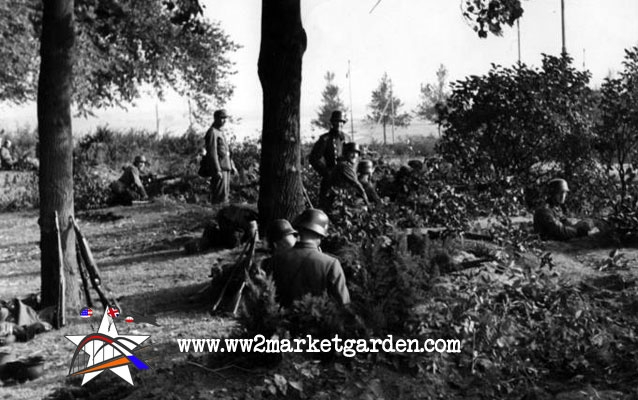

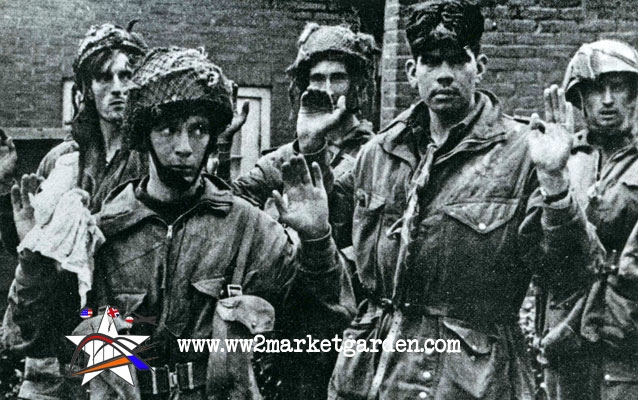



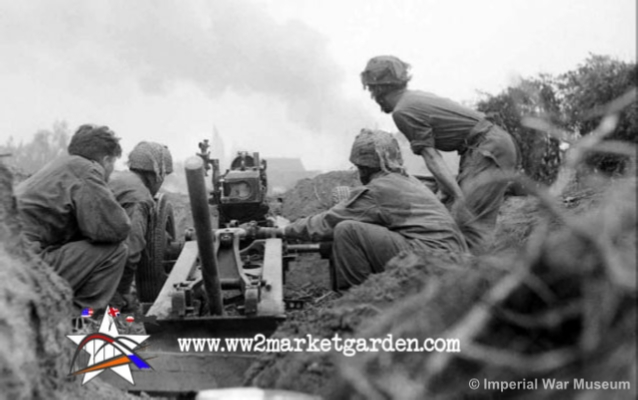
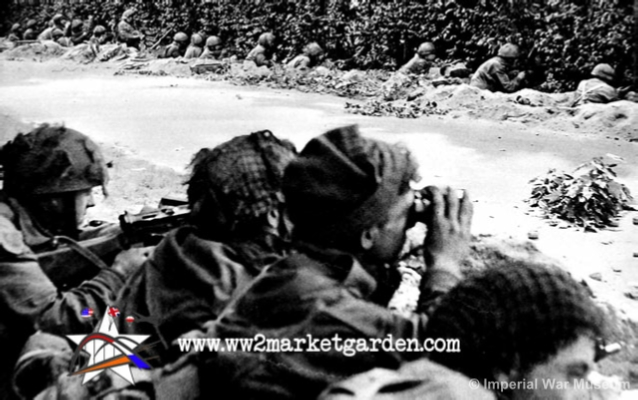
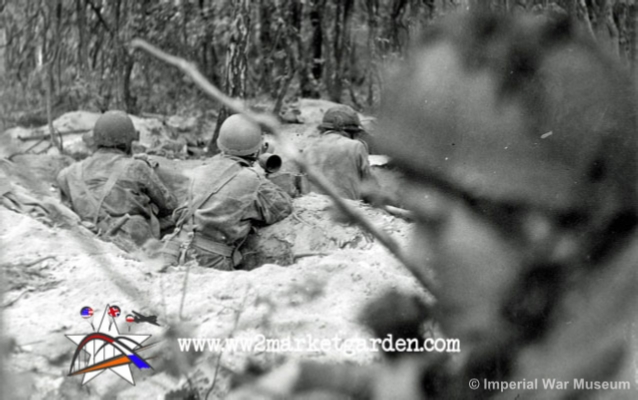
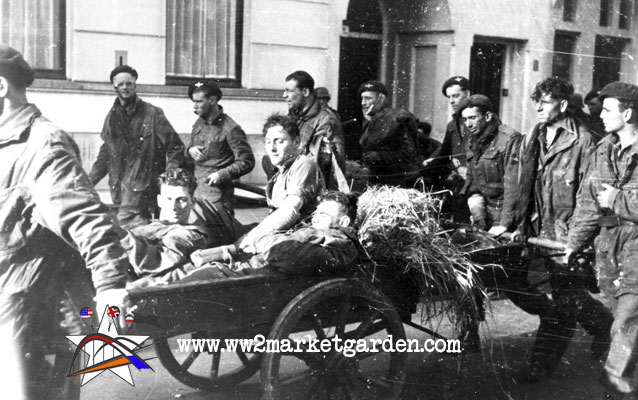
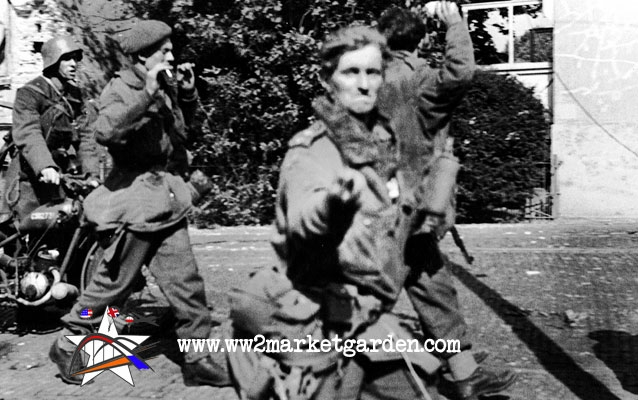
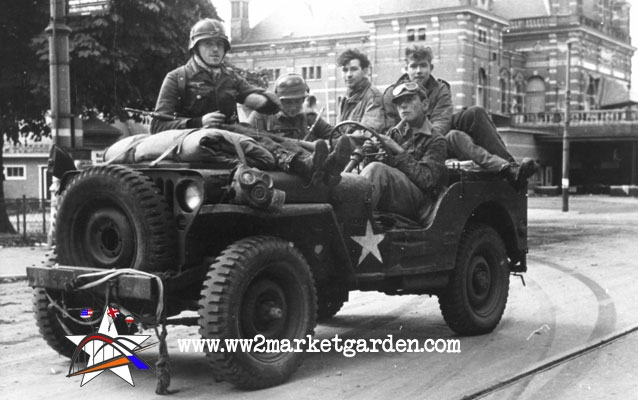
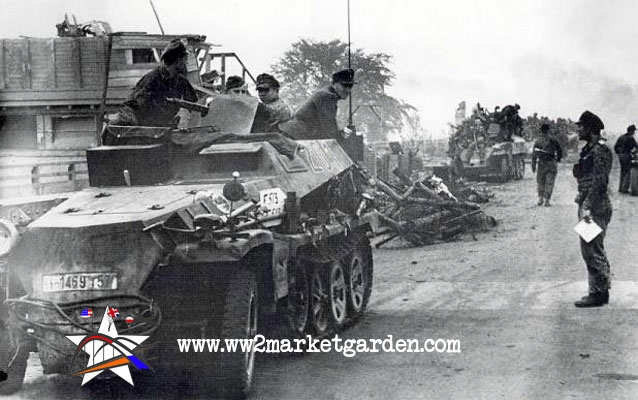
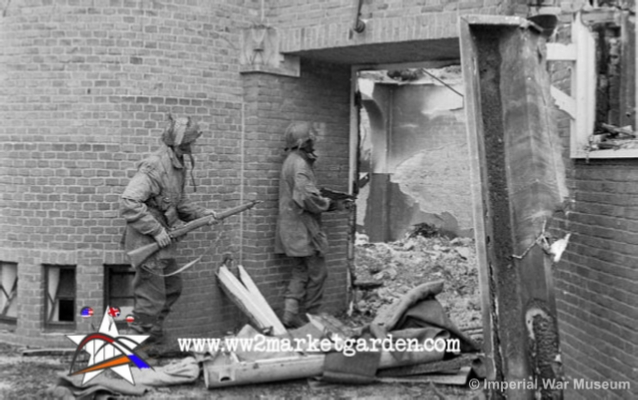
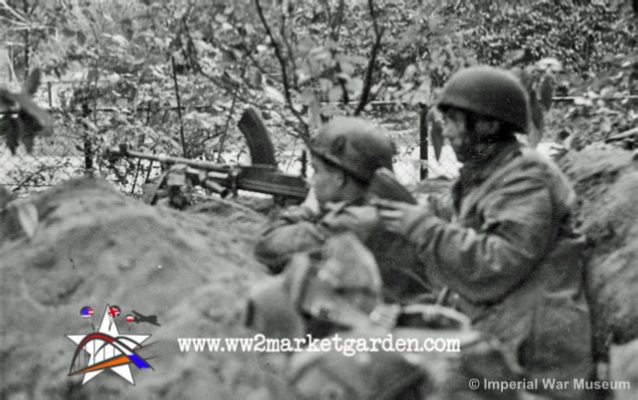
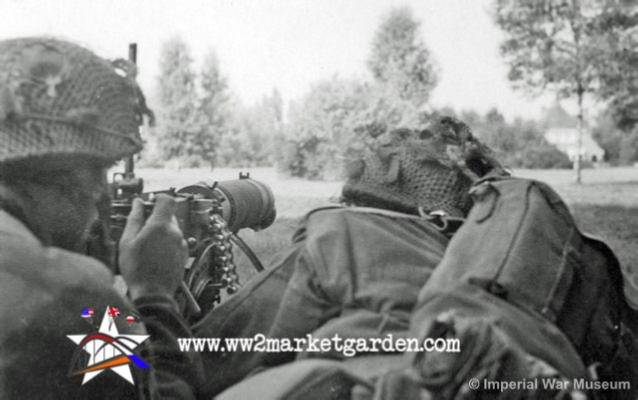
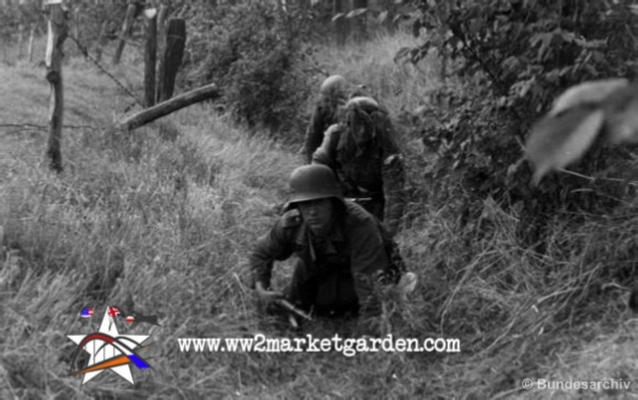
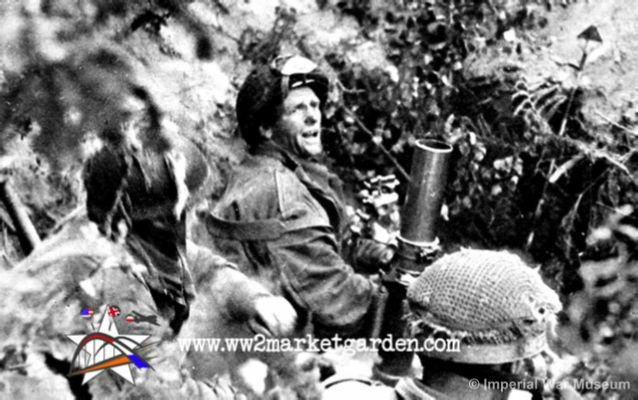
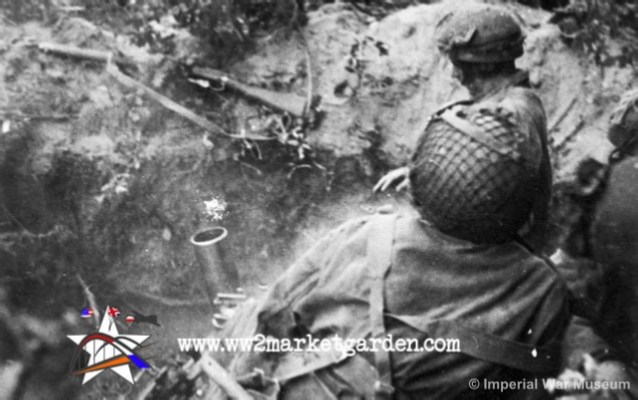
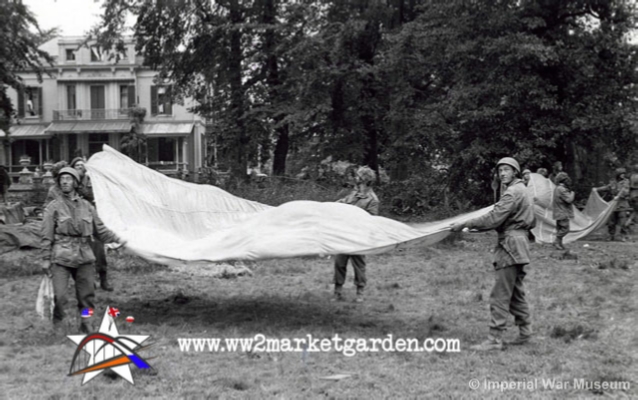
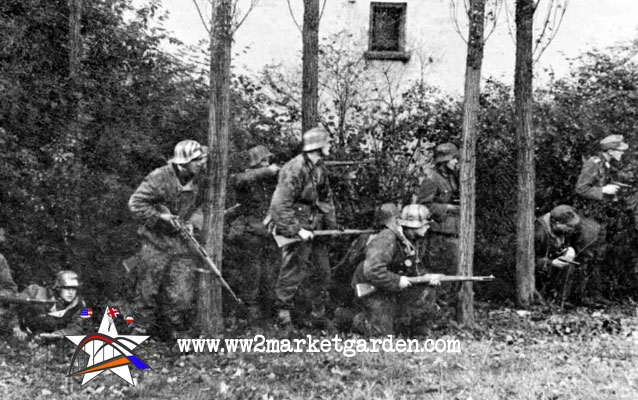
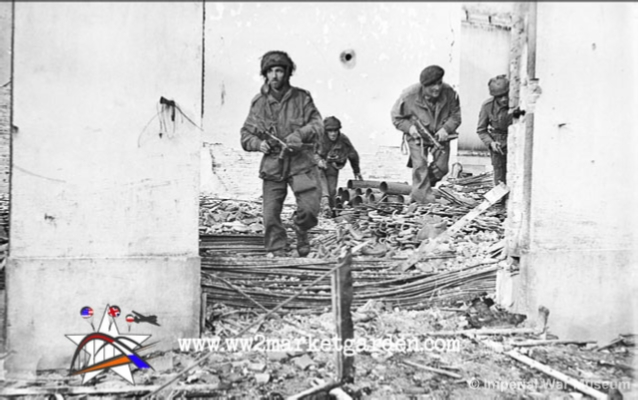
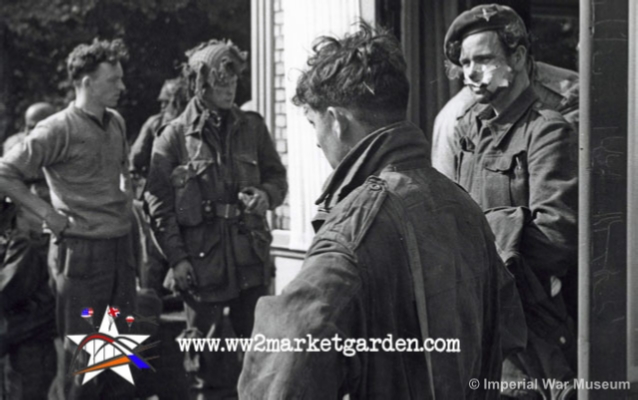

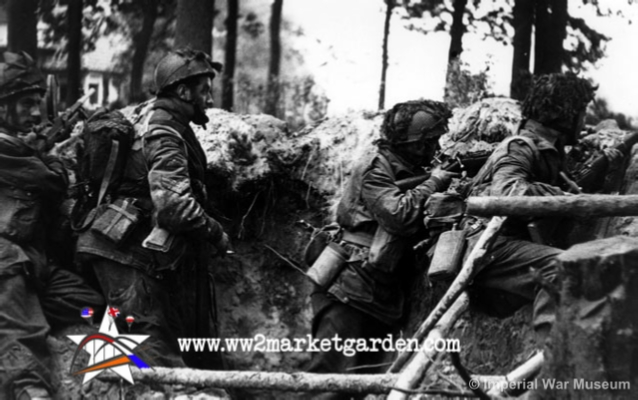
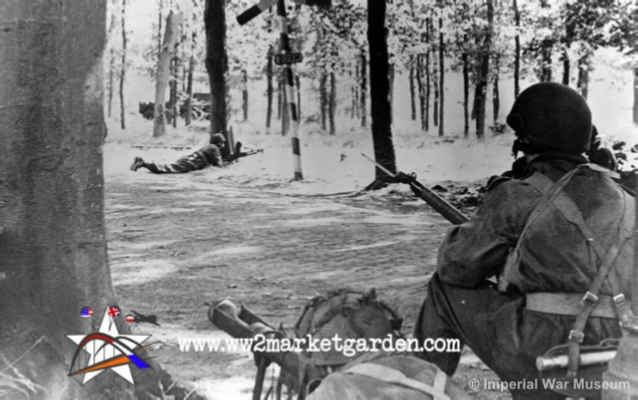
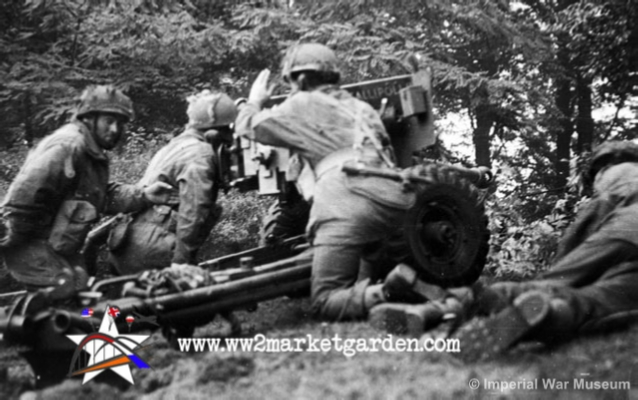

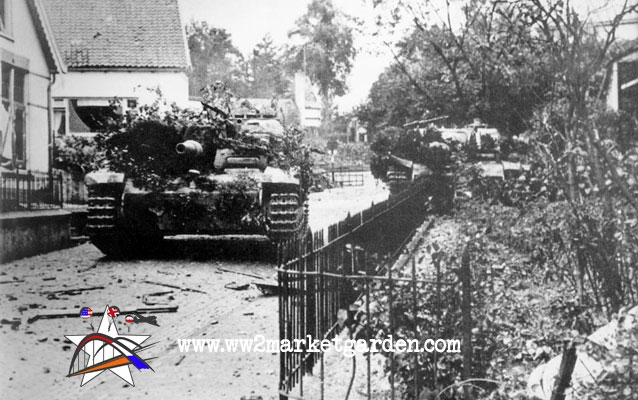
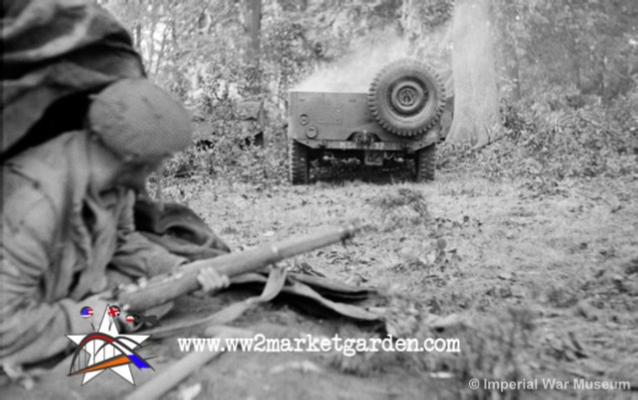
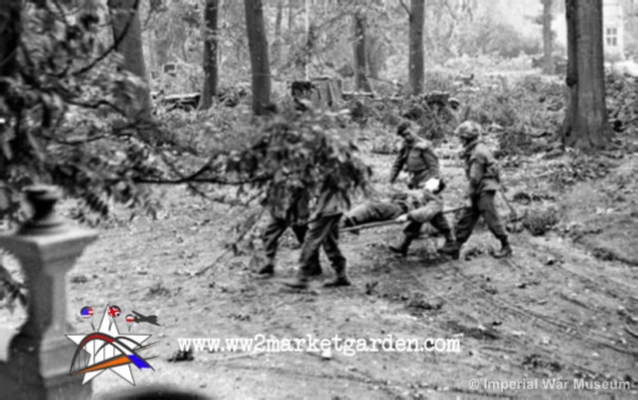
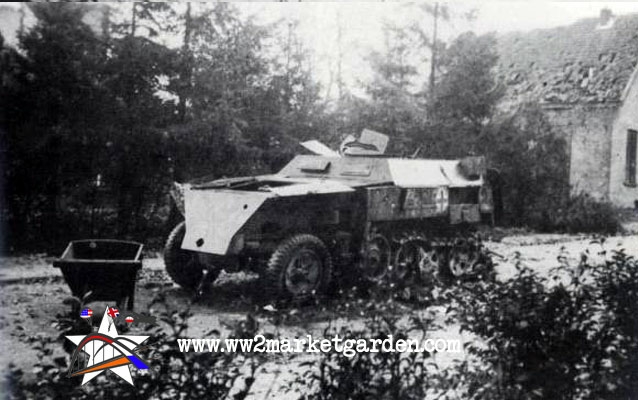

Video: Lieutenant-





